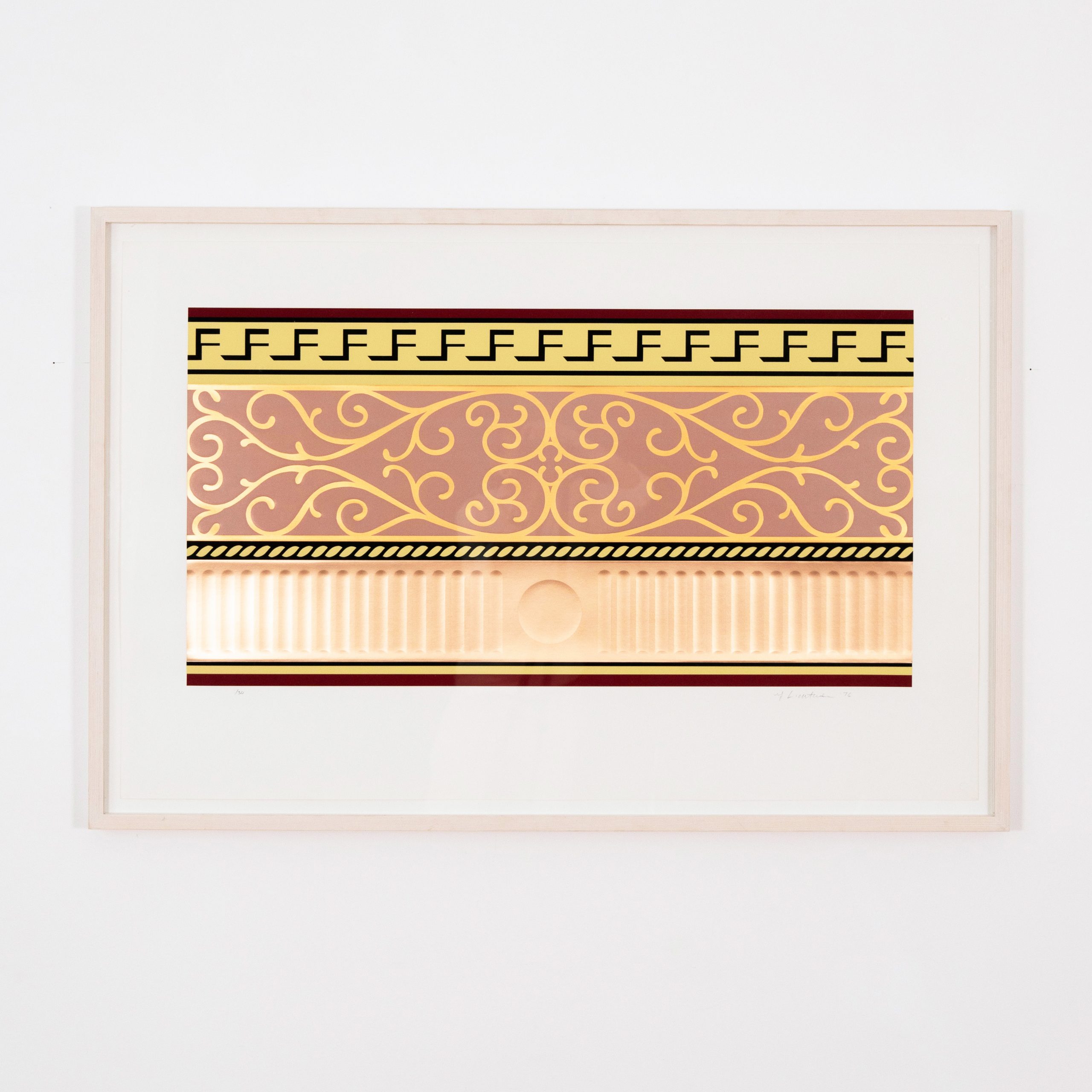
Roy Lichtenstein
(American, 1927-1997) Roy Lichtenstein stands as one of the most iconic and influential figures in the 20th-century art world, his work indelibly linked to the Pop Art movement. Renowned for his bold and innovative approach, Lichtenstein’s art skillfully blurred the boundaries between high and low culture, transforming the imagery of everyday life into powerful artistic…
Roy Lichtenstein
(American, 1927-1997)
Roy Lichtenstein stands as one of the most iconic and influential figures in the 20th-century art world, his work indelibly linked to the Pop Art movement. Renowned for his bold and innovative approach, Lichtenstein’s art skillfully blurred the boundaries between high and low culture, transforming the imagery of everyday life into powerful artistic statements. His mastery of the Ben-Day dot technique, coupled with his meticulous replication of comic book styles, positioned him as a pioneer in redefining the visual language of contemporary art.
Lichtenstein’s works, characterized by their vibrant colors, graphic lines, and dynamic compositions, are both a celebration and critique of modern consumer culture. By elevating the visual elements of mass media—comic strips, advertisements, and graphic illustrations—Lichtenstein challenged traditional notions of fine art. His paintings, such as “Whaam!” (1963) and “Drowning Girl” (1963), exemplify his ability to capture the essence of human emotion while simultaneously commenting on the industrialized nature of visual production.
Throughout his career, Lichtenstein’s oeuvre expanded beyond his famous comic-inspired works. He explored a variety of subjects, including art history parodies, still life, and landscapes, each imbued with his signature style. His reinterpretations of works by artists like Picasso and Monet further demonstrated his deep engagement with art history and his unique ability to bridge the past and present.
Lichtenstein’s impact on the art world is profound and enduring. His works are housed in major collections and museums worldwide, and his influence can be seen in the continued exploration of popular culture within contemporary art. As a critical voice in the dialogue between art and commerce, Lichtenstein remains a seminal figure whose legacy continues to inspire and provoke discussion.
For collectors and enthusiasts, acquiring a piece by Roy Lichtenstein represents an opportunity to own a fragment of art history—an emblem of the Pop Art movement and a testament to the enduring power of visual culture in the modern age.

